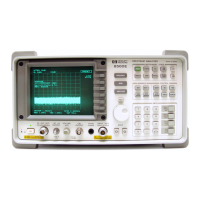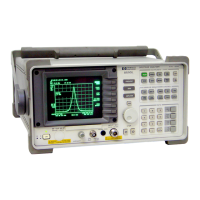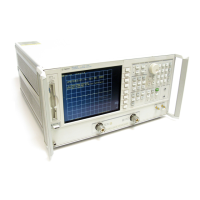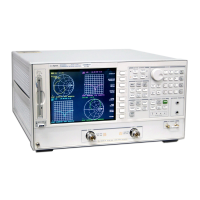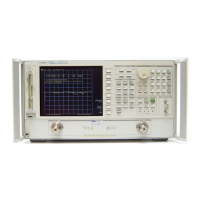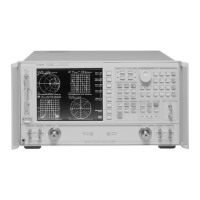Return Loss Measurement Return Loss Measurement
174 Agilent 8163A/B, 8164A/B & 8166A/B Mainframes, Sixth Edition
T-Value
The T-value can be described as the effective return loss of a system, with
all internal parasitic reflections taken into account, in one parameter. The
system's internal parasitic reflections include backscattering in the
measurement patchcord, reflections due to imperfect directivity of the
internal couplers, reflections at internal terminations, reflections at
connector ends and diodes. Intuitively, one could call the T-value the
"noise" of the system (set up). The T-value is used to evaluate how well
the calibration was done, and thereby provide information on how high
return losses (low reflectances) can be measured. The correlation
between the T-value and the displayed return loss is that the power that
corresponds to the T-value (system "noise") is subtracted from the power
that corresponds to the measured return loss at the return loss diode,
yielding the actual return loss. When the actual return loss is high, then
this subtraction becomes inaccurate when the T-value is not sufficiently
high. Therefore, it is imperative for measurements of high return losses
that the T-value is as high and as stable as possible. A "rule of thumb" is
that one can only measure 5-10 dB higher return losses (lower reflections)
than the T-value, meaning if a T-value of 65 dB is achieved after calibration
it is possible to measure accurate return losses up to 70 or 75 dB. The
equation for the T-value is as follows:
Where:
P
ref
is the reflected power from the measurement path at the return loss
diode when making a reference calibration.
P
para
is the backward-flowing power from the measurement path at the
return loss diode when making a terminated/parasitic calibration.
M
ref
is the power at the source monitor diode when making a reference
calibration.
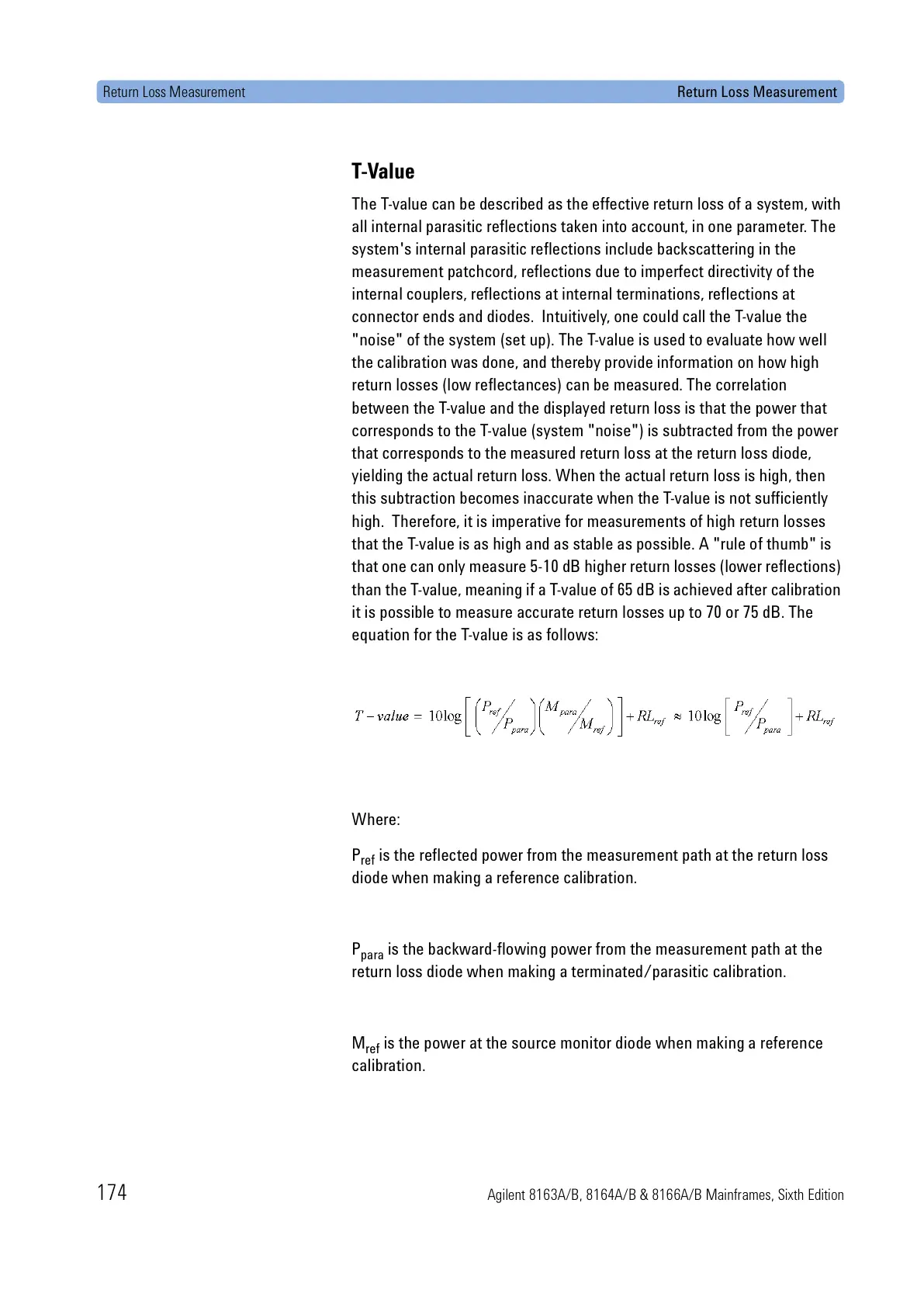